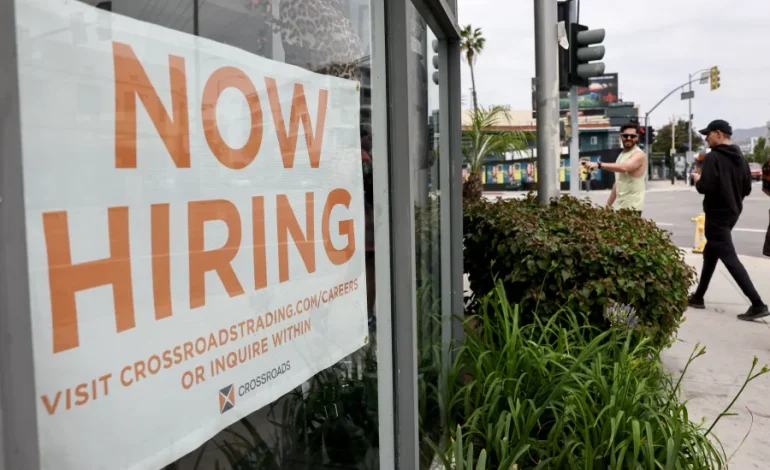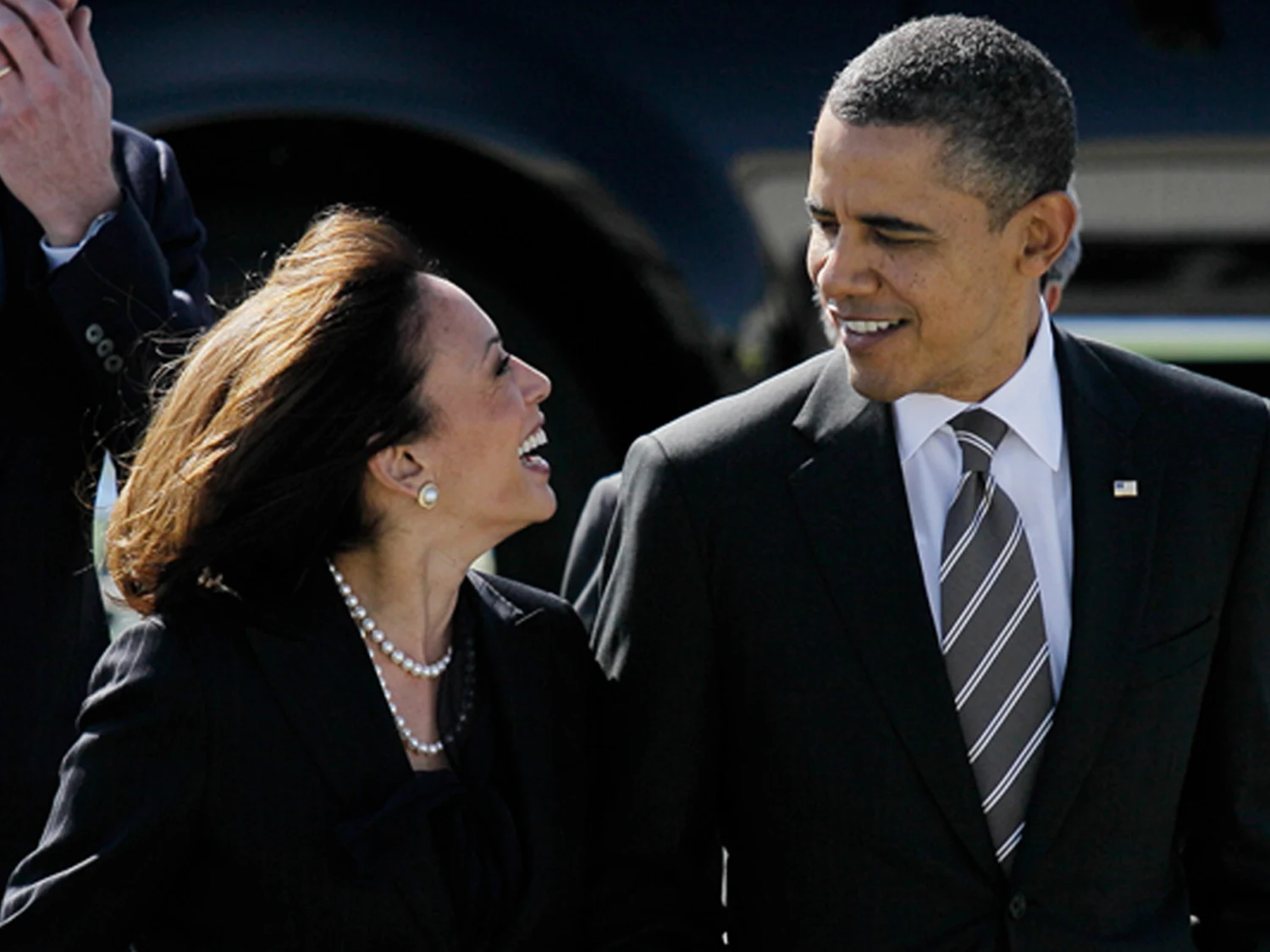Three days into the federal shutdown, the biggest damage to the economy isn’t from closed offices — it’s from missing numbers. The Labor Department’s monthly jobs report, due Friday, never arrived, kicking off a broader data blackout just as policymakers have been hunting for signs that a cooling job market, rising unemployment and sticky inflation are starting to bite.
It’s a brutal moment to lose your dashboard. After a hot start to the year, hiring has slowed sharply. Private payrolls firm ADP said this week that companies shed 32,000 jobs in September, the biggest drop since March 2023, while Challenger, Gray & Christmas reported hiring plans at their weakest since 2009.
“Why is the labor market weak when everything else looks fine?” asked Torsten Slok, chief economist at Apollo.
Now, without the government’s gold-standard read, that question gets harder to answer.
The shutdown means the Labor Department stops collecting and releasing data. If it drags on, inflation reports slated for Oct. 15 and Oct. 31 and the first read on third-quarter GDP on Oct. 30 could also slip. That creates a serious headache for the Federal Reserve, which meets later this month to decide whether to keep cutting rates. With fewer hard figures on prices and employment, the central bank will be operating with far less visibility than usual.
Historically, shutdowns haven’t left lasting scars. Economists often pencil in a roughly 0.2 percentage-point hit to growth per week, most of which is later recouped. The 35-day standoff in 2018–19 cost about $11 billion, with $3 billion permanently lost, the Congressional Budget Office found. But this time could be different if the standoff lingers. The Trump administration has floated firing thousands of federal workers rather than furloughing them — a move that would lift unemployment for longer — and Treasury Secretary Scott Bessent warned of hits to GDP, growth and “working America.”
Markets, so far, are mostly looking past the noise. Stocks notched records earlier in the week on AI enthusiasm, solid earnings and hopes for more Fed easing. But investors are also navigating in the dark: the jobs report is shelved, weekly jobless claims went missing, and agencies from BLS to BEA to Census have gone quiet. Private indicators can fill some gaps — ADP payrolls, job-posting trackers, card-spending data — yet even bulls admit those are keyhole views compared with the government’s open door.
In short: the economy seems to be at a crossroads, not a cruise. If the shutdown ends quickly, this is an annoyance. If it stretches on, the lack of data risks turning policy into guesswork, spooking businesses already wary of hiring and investment — and leaving the Fed to make big calls with the lights half out.
The Washington Post, CNN, CNBC, and NPR contributed to this report.










The latest news in your social feeds
Subscribe to our social media platforms to stay tuned